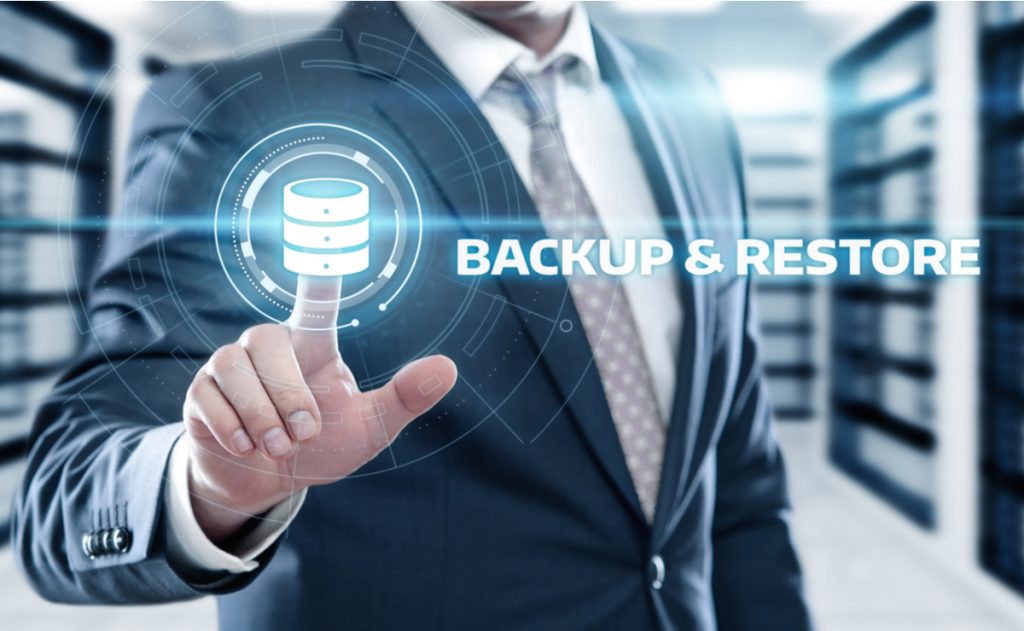The concept of off-site data backup is not complicated. Organizations backup their data on to a remote server (or media), which is then transported off-site. But choosing the right kind of backup solution for your company might be a little bit trickier.
In case you are wondering why data backup is so vital when you have already invested in cyber security, here are some reasons why back solutions cannot be ignored.
1. Not all cyber attacks can be prevented
Even if your cyber security solution fends off a majority of attacks, it only takes one to do the damage. Once ransomware hits a business, the complete network gets encrypted. So you can potentially get locked out of your own network until you pay the ransom or replace the entire network. Ransomware accounts for 40% of manufactures’ cyber claims and accounts for 23% of cyber claims for smaller businesses (revenue less than $25 million) in 2019 [source: InFocus report].
2. Natural disaster could prove fatal
According to FEMA, 40 of the businesses fail to reopen after being struck by natural disasters, and 25% of businesses that do reopen, fail within a year. The United States Small Business Administration found that 90% of businesses that have suffered a natural disaster fail within the first two years. One of the biggest problems these organizations face is that they lose customer data and have to start from scratch.
3. Prevent Financial losses
A survey of IT leaders by Security Week found that the occurrence of data loss has increased by 400 percent in the last two years. According to the study, organizations have lost around $1.7 trillion, due to downtime and data loss. A report from Verizon found that small breaches that involve loss of fewer than 100 files can cost a business anything between $18,120 and $35,730.
Now that the list of threats is out of the way, here is our crash course on the parameters you should consider while selecting the best option for your needs.
First thing first, there are two common forms of off-site backup—cloud backup and tape backup. In the cloud backup or online backup process, a business makes a copy of data, and it is then sent over to the off-site server. The server that stores the copy of data and the server receives it is either a third-party provider or a business.
In the tape backup process, the data is copied from primary storage on to a tape cartridge. For data protection and to maintain the effectiveness of backup, the tape cartridge is transported to another location. The disk is often preferred as it offers better speed and access compared to tapes. But tapes are more effective when it comes to disaster recovery (DR) or for long-term archiving. While disks offer better speeds, they are not the most durable devices and may be damaged during the transport process.
As backup becomes the inevitable part of IT infrastructure, organizations are looking for solutions to make backup flexible and cost-effective. The decision of which method to use depends on Recovery-Time Objective (RTO), Recovery-Point Objective (RPO), risk level, and cost.
Recovery-Time Objective (RTO):
RTO is the duration of time and a service level within a business process must be restored after a disaster to avoid the consequences of a break in continuity. In simple words, how much time it takes for businesses to recover after the notification of a process disruption? For example: RTO would be much higher if businesses are using tapes as a backup solution so having a backup much closer to the business location would mean that RTO would be better.
Recovery-Point Objective (RPO):
RPO is the age of files that must be recovered from backup storage for normal operations to resume if a computer, system, or network goes down as a result of a hardware, program, or communication failure. RPO is calculated backward in time, that is, from the instant at which the failure occurs and can be specified in seconds, minutes, hours, or days. When the RPO for a computer, system, or network has been set, it sets the minimum time interval when the backups are made. For example, if RPO is five days, hence the backup can take place in every five days.
Accessing backup risk:
Organizations’ backup strategy will not only affect RTO and RPO but will also affect the risk level. Storing a copy of your data next door might give an improved recovery time, but a natural disaster in your area would mean that you lose your complete backup.
Farther the data, lower is the risk, but a business needs to decide on risk moderation and analyze each risk factor before arriving at a conclusion of which risks must be mitigated and what risks are acceptable.
Getting backup off-site:
When business ships their tapes off-site, there are two options with them: whether to send the original or a copy. Most corporations send the original tape off-site because it’s easiest and least expensive, but this can result in poor RTO, so some companies hold the data in their original location for week. It results in better RTO for operational recovery but a lousy RPO for disasters. Hence most experts recommend 3-2-1 rule for backup, wherein two backups are stored on different devices and one offsite. The rules might vary, but one copy should be stored in a remote location, and experts advise against shipping the original.
An alternative approach used by business is to ship the copy off-site; in most data centers, the procedure is deduplication of disk systems first and then copying it tape.
A common method used by businesses is to use the deduplicated disk system and then replicate its backups offsite. This method gives a better backup solution because it’s completely automated, and data is moved offsite without any human interference. The disadvantage here is the cost, as you need to buy two dedupe systems, and even pay for high bandwidth.
Source vs. Target Deduplication:
Source deduplication takes place through software and is performed at the very beginning of the backup process by the client. Backups are sent directly off-site by the client. Target duplication is done by a third-party appliance, not by backup software near the storage destination.
Source deduplication does not require an on-site appliance, but it does result in a longer RTO as the backup is directly shipped to off-site storage vendor. Businesses use the target method for data backup so that it offers an improved backup facility with the option of storing the data onsite as well.
Conclusion
RTO and RPO aren’t the only criteria to consider back-up solutions by a long shot, but it is a good place to start. Regulations and compliance metrics with data privacy laws are also making enterprises look for dynamic backup solutions. Businesses have realized that both offsite and onsite backup solutions are imperative data solutions. A third-party solution with the right infrastructure and risk-analysis can also improve business agility in tackling disasters and technological disruptions.
To know more about data storage, you can download our latest whitepapers on Data storage solution.









































































